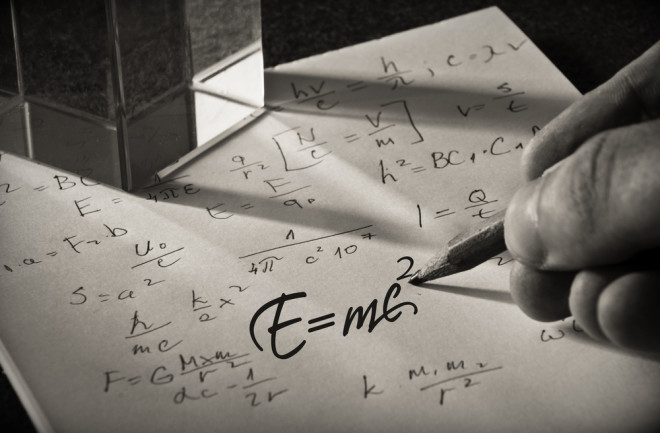It is perhaps the most famous equation in the world, and also one of the most elegant. Einstein’s legendary equivalence between mass and energy, given the simple formula E=mc^2, is familiar even to schoolchildren.
At times, it simply stands as a placeholder for science — like in cartoons where writing E=mc^2 on a chalkboard signifies there’s some serious physics going on. But the relationship Einstein’s equation alludes to underlies fundamental properties of the universe itself. Mass is energy, energy is mass; the equation builds a bridge between two seemingly disparate domains.

